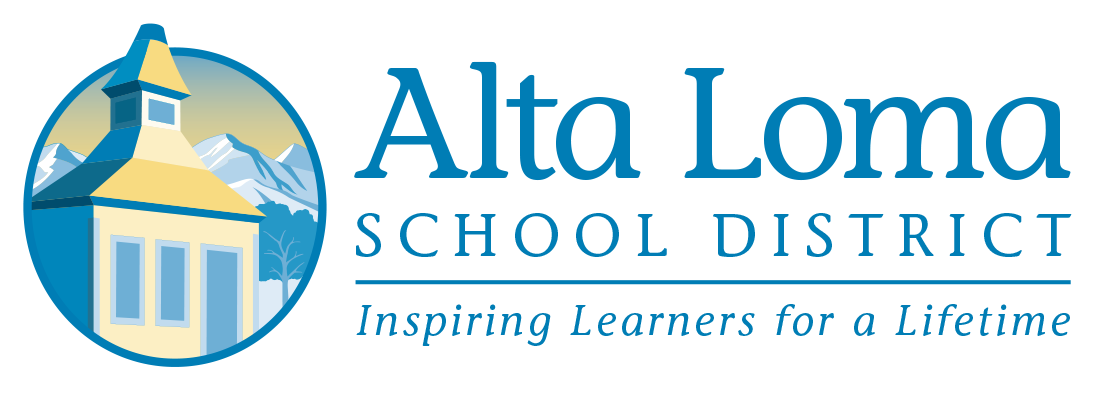Local Control Funding Formula (LCFF)
Each district must engage educational partners such as parents, students, educators, employees and the community as part of the LCAP process.
Parents:
PTA (parent teacher association)
School Site Council (site representatives at each school site)
DELAC (parent of English learners)
LCAP Advisory Committee (educational partners representing all student groups)
Educational Partner Survey
District Educational Partners:
Board of Trustees
Management Team (certificated and classified)
Education Groups (School Leadership teams, Curriculum Council, Literacy Task Force, Math Task Force, ALEA - Teacher Bargaining Unit)
Student Outreach:
Grades 4-8 Student Representative Groups (random sampling, Superintendent's Student Advisory, leadership and site groups)
LOCAL CONTROL FUNDING FORMULA (LCFF)
LEAs are required to address applicable LCFF state priorities, as well as any local priorities identified by the LEA, in the LCAP. The following is a summary of the LCFF state priorities described in California Education Code (EC) Section 52060(d), for school districts and charter schools, as applicable, and EC Section 52066(d) for county offices of education (COEs). For specific legal requirements, please refer to the statue, which is provided at the end of this document.
Local educational agencies (LEA) are required to address these state priorities, as well as any local priorities identified by the LEA, in the Local Control and Accountability Plan (LCA)P). Items with an asterisk (*) identify the state required metrics, which are required to be included as metrics in the LCAP, as applicable to the LEA.
Priority 1: Basic
The degree to which
teachers in the LEA are appropriately assigned and fully credentialed in the subject area and for the students that are teaching:
every student in the school district has sufficient access to the standards-aligned instructional materials; and
school facilities are maintained in good repair.
Priority 2: Implementation of State Standards
Addresses:
the implementation of state board adopted academic content and performance standards for all students; and
how the programs and services will enable English learners to access the Common Core State Standards and the English Language Development standards for purposes of gaining academic content knowledge and English language proficiency.
Priority 3: Parental Involvement and Family Engagement
the efforts the school district makes to seek parent input in making decisions for the LEA and each individual school site;
how the LEA will promote parental participation in the programs for low income, English learner and foster youth students; and
how the LEA will promote parental participation in the programs for students with disabilities.
Priority 4: Student Achievement
Measured by all of the following, as applicable to the LEA:
student performance on statewide standardized assessments (Note: this includes assessments such as the California Assessment of Student Performance and Progress assessments, the California Alternate Assessment, etc.);
the percentage of students who have successfully completed courses that satisfy the requirements for entrance to th University of California and the California State University;
the percentage of students who have successfully completed courses that satisfy the requirements for career technical education sequences or programs of study that align with State Board of Education (SBE)-approved career technical education standards and frameworks;
the percentage of students who have successfully completed both types of courses described above in (B) and (C);
the percentage of English learner students who make progress toward English proficiency as measured by the English Language Proficiency Assessments for California;
the English learner reclassification rate;
the percentage of students who have passed an advanced placement examination with a score of 3 or higher; and
the percentage of students who demonstrate college preparedness pursuant to the Early Assessment Program or any subsequent assessment of college preparedness.
Priority 5: Student Engagement
Measured by all of the following, as applicable to the LEA:
school attendance rates;
chronic absenteeism rates;
middle school dropout rates;
high school dropout rates; and
high school graduation rates;
Priority 6: School Climate
Measured by all of the following, as applicable to the LEA:
student suspension rates
student expulsion rates; and
other local measures, including surveys of students, parents, and teachers on the sense of safety and school connectedness.
Priority 7: Course Access
The extent to which students have access to, and are enrolled in:
a broad course of study including courses described for grades 1 to 6 and/or the adopted course of study for grades 7 to 12 as applicable;
programs and services developed and provided to low income, English learner and foster youth students; and
programs and services developed and provided to students with disabilities.
Priority 8: Pupil Outcomes
Student outcomes, if available, for the adopted course of study for grades 1 to 6 and/or the adopted course of study for grades 7 to 12, as applicable.
Local Priorities
Each LEA may also identify local priorities to address locally identified needs:
Source: California Education Code section 52060(d)
https://leginfo.legislature.ca.gov/faces/codes_display Section.xhtml?sectionNum=52060.&lawCode=EDC (for school districts and charter schools) and 52066(d)
https://leginfo.legislature.ca.gov/faces/codes_displaySection.xhtml?sectionNum=52066.&lawCode=EDC (COEs).
California Department of Education
